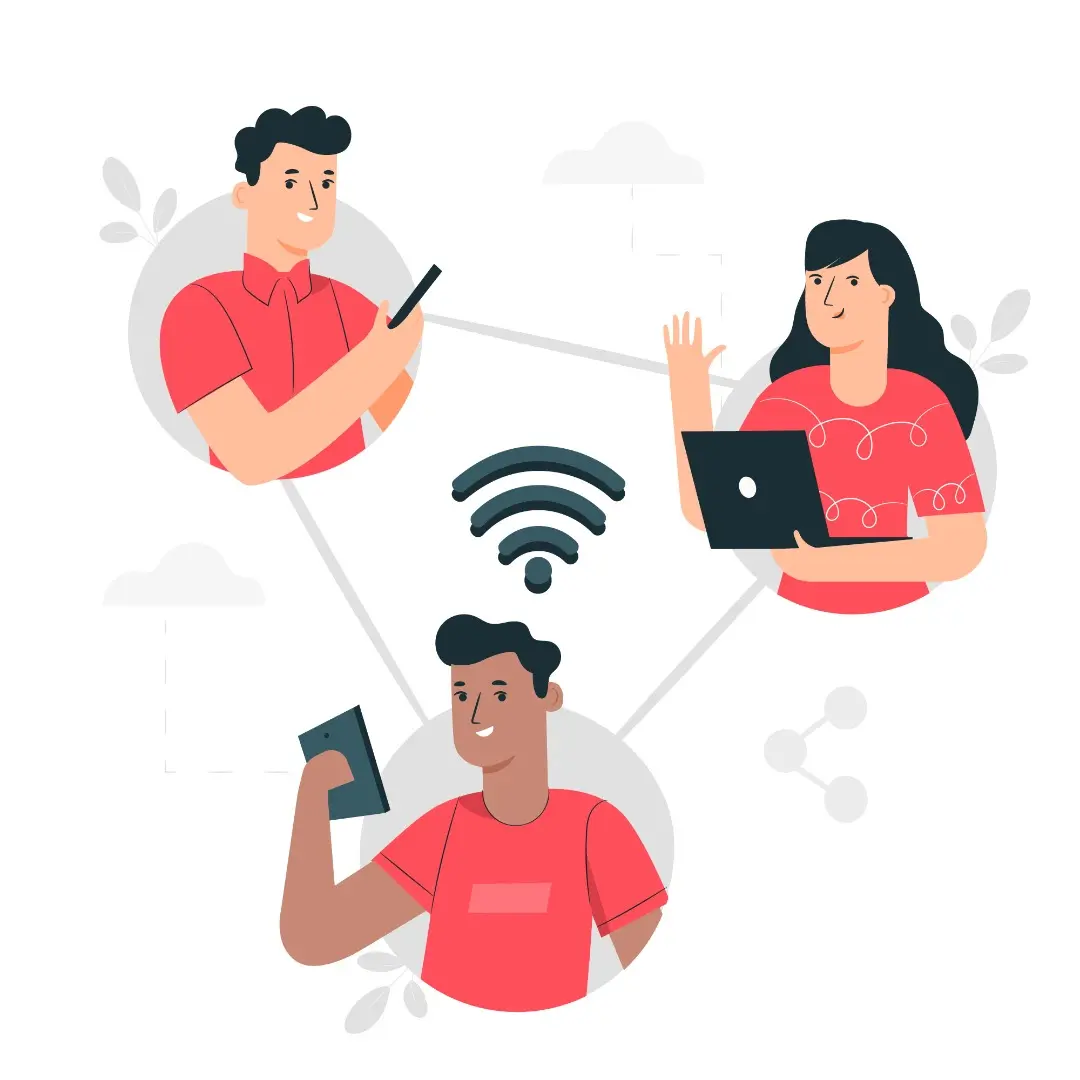
Is It Safe to Vent to AI? Let’s Talk About It
Ever had one of those moments where you're overwhelmed, confused, or just plain heartbroken… and suddenly think: “Maybe I’ll just vent to AI. At least it won’t judge me.”
Welcome to 2025 — where your go-to confidant might not even be human.
But here comes the big question: “Is it really safe to vent to AI?” Let’s break it down.









